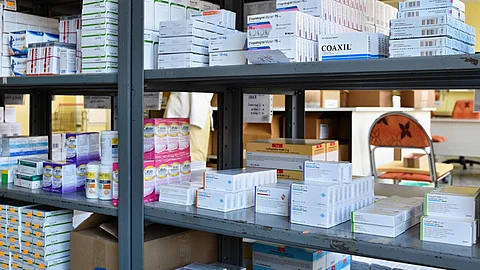Now India's public healthcare system, a lifeline for millions of people in need of timely access to medicines and diagnostic services, is at the crux of a serious crisis.
Data of late feed uploaded to the central government also talks about availability going down in many states and Union Territories (UTs), well below 40%, leading to immediate alarms from the Centre.
This shortfall couldn’t have come at a worse time. India continues to combat both communicable diseases like tuberculosis and dengue, and rising non-communicable conditions such as diabetes, cancer, and heart disease.
States Struggling to Meet National Standards
According to a government document reviewed by Mint, several populous states, like Uttar Pradesh, Maharashtra, Delhi, Gujarat, West Bengal, and Bihar, are falling short. Many have failed to meet the basic requirements for stocking essential drugs and providing free diagnostic services under the Free Drugs and Diagnostics Service Initiative (FDSI).
A senior health ministry official pointed out discrepancies between state-reported data and figures uploaded to the national monitoring dashboard. While the ministry described this as a routine issue, it has emphasized the need for real-time data updates for accurate monitoring.
Free Medicine Program Underutilized Due to Low Awareness
The Centre raised another key issue that many citizens, particularly those in rural and remote areas, are not aware of their right to get free drugs as well as tests. Advances in this direction, the FDSI, which was launched in 2015 under the National Health Mission (NHM), aimed to mitigate the financial burden of out-of-pocket expenses for health facility delivery. Its potential impacts are, however, unlocked mostly by poor knowledge and a lack of enabling conditions.
Public health experts like Dr. Rajeev Jayadevan stress the importance of community engagement.


